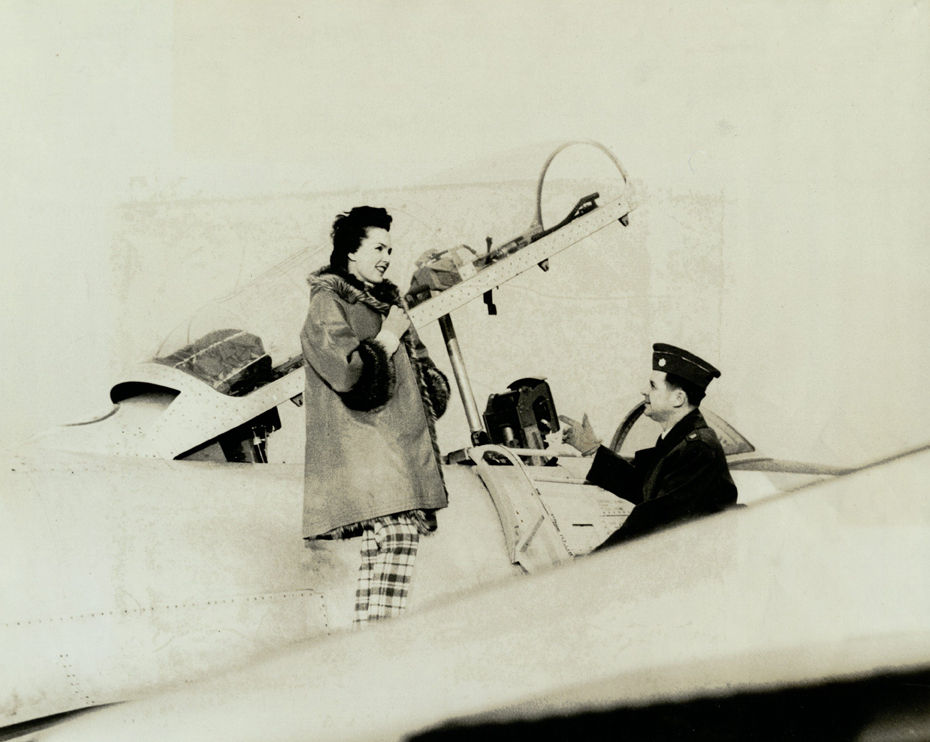The Texas Collection turns 90 this year! But even though we’ve been at Baylor for so long, we realize people aren’t quite sure what goes on in a special collections library and archives. So over the course of 2013, we will feature monthly posts from our staff—from faculty to student workers—offering a little peek into the day-to-day work of The Texas Collection. This month you’ll learn about the work of two of our graduate assistants. Our graduate students come from Baylor’s history and museum studies departments and help with processing archives and curating exhibitions. Meet Mary Ellen Stanley and Adina Johnson:

My name is Mary Ellen Stanley, and I am a second year museum studies master’s student from Fort Worth, Texas. I have worked at the Texas Collection (TC) since June 2011 as a graduate assistant.
Coming from my undergraduate institution, I previously had little experience working with archives, but a decent amount of museum experience through various internships. Although this previous knowledge has helped me in my work at the TC with object handling and tackling obscure software, I have learned that these two types of institutions are extremely different. Even though I was skeptical and thought that I would not like working in an archives as much as a museum, I have gradually grown to love archives more.
When I first started at the TC, my main focus was processing a part of the Pat Neff collection. The experience working on this large collection provided me with a wide variety of skills that I have continued to use both in and outside the Texas Collection. This past fall I helped work on processing numerous small collections while co-curating the exhibition, “Swing Low, Sweet Chariot: The Musical Heritage of Jules Bledsoe and New Hope Baptist Church.” Working on this exhibition was one of the highlights of my time at the Texas Collection because I got to utilize the knowledge I have gained from classes in a real world situation.
My favorite activity at the Texas Collection is processing photographs. With my work, I have truly grown to appreciate how history can be documented in one beautiful snapshot. Working with these photographs makes each day exciting and unique.
~
My name is Adina Johnson and I am a second year history master’s student from Tucson, Arizona, and Minneapolis, Minnesota. I have worked at The Texas Collection since May 2012, and I plan to continue working here while I pursue my PhD in history at Baylor.
Before working at the TC, I had little archival experience except for tasks I performed as an undergraduate assistant for a history professor. During my first year at Baylor, however, I had the privilege of working on a major research project where all of the primary and secondary documents were housed at the TC. Therefore, I was familiar with the archival organizational systems at the TC.

The very first task I was assigned at the TC was to organize letters from the Dr. William Benjamin Worth Watkins papers. The dialogue between Dr. Watkins and his family that continued through his deployment for World War I instantly captivated me. When I found the envelope bearing the “deceased” stamp (Watkins was killed in the war), it affected me deeply. I began to see that my passion for history would lead to a love of archival work.
The rest of my first summer at the TC was spent processing a large number of scrapbooks for the Pat Neff collection. Since then I have processed 12 record groups on my own, including the Oscar “Doc” and Mary “Kitty” Jacques Du Congé papers (Waco’s first African American Mayor) and the Grace Rosanky Putnam Jones papers (Texas’ Queen of Fashion).
As I pursue my PhD in History, I am thankful for the experiences that I am gaining at the TC. I will be a better researcher, teacher, and writer because of my time here.
































